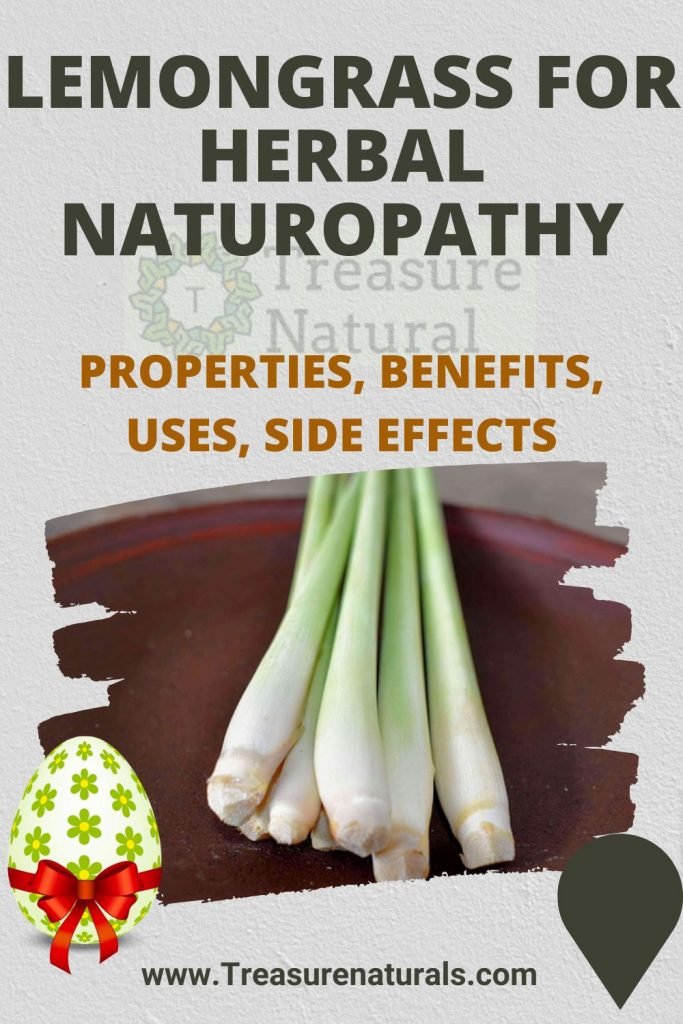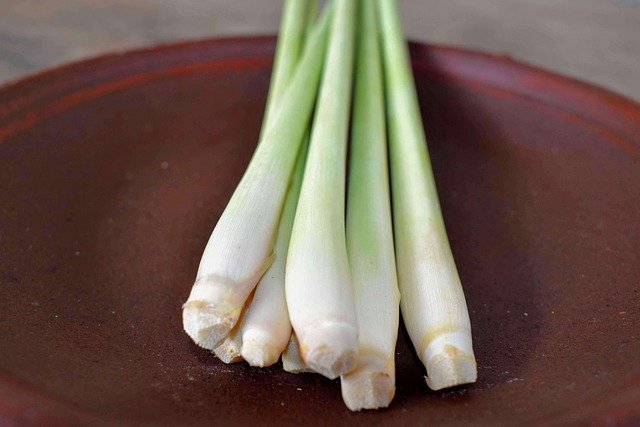
Lemongrass is a medicinal plant known as the mosquito repellent par excellence. With its antispasmodic, antibacterial, sedative and decontracting action, lemongrass also allows you to treat digestive disorders. Let’s find out better.
Properties and benefits of Lemongrass
Lemongrass, useful against spasms and bacteria, has a decontracting and sedative action. It has always been used in the treatment of fever and flu, against rheumatic and joint pains, and also for digestive difficulties and mental fatigue.
All the properties of lemongrass are to be attributed to the particular active ingredients it contains, such as myrcene and citrals, responsible for the beneficial action against fungi, microbes and spasms, and geraniol, limonene, citronellal and nerol.
The antimicrobial and antibacterial properties of lemongrass affect not only the digestive system (colon and stomach in particular) but also the respiratory and urinary systems. Lemongrass is a valid diuretic useful for eliminating excess fluids. For this reason it is also used in diets to promote body weight loss.
Lemongrass acts against pain, both in the joints and muscles, acting positively on the lumbago and lumbosciatalgia.
The Citronella plant is best known for its use against mosquito bites and other insects. This is due to the presence of citronellol and geraniol.
How to use
With lemongrass leaves it is possible to make teas, infusions and herbal teas useful for promoting digestion. Herbal teas and infusions also have relaxing properties so they are recommended for those with insomnia problems.
Lemongrass can be used for internal use and for external use.
- For internal use: in the treatment of digestive and intestinal disorders; to combat fever and colds or flu states; against insomnia, stress and anxiety.
- For external use: as a pain reliever (relieves joint pain and rheumatism), as a muscle relaxant; in states of fever or fatigue, including mental; as a repellent against insects, especially mosquitoes.
Contraindications of lemongrass
When using lemongrass in the preparation of herbal teas and infusions, these must always be carefully filtered as the leaves of the plant contain filaments that are harmful to the digestive system.
For this and other reasons, before taking lemongrass or the essential oil obtained from it, it is always good to consult a doctor, especially in case of pregnancy or for children under 3 years, for whom the use of lemongrass it is generally not recommended.
Description of the plant
Lemongrass ( Cymbopogon nardus ) is an evergreen plant with aromatic properties native to Asian countries and belonging to the Graminaceae family.
Lemongrass is a bush full of leaves with a threadlike appearance. The latter have a very intense green color that turns blue, have sharp edges, and can be up to 70 cm long.
The stems of the plant are hollow and have a very particular citrus scent.
Habitat of Citronella
Lemongrass prefers temperate climates and clayey soils. It can stand freezing, requires good exposure to the sun and lots of water.
Background

It was the soldiers of Alexander the Great who spread the lemongrass plant in the West, after having known it in the military campaigns of India. Here lemongrass was called fever grass, because it was mainly used to combat malarial fevers.






